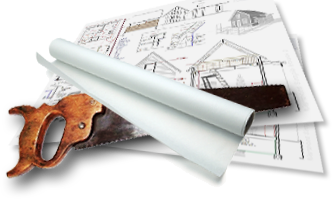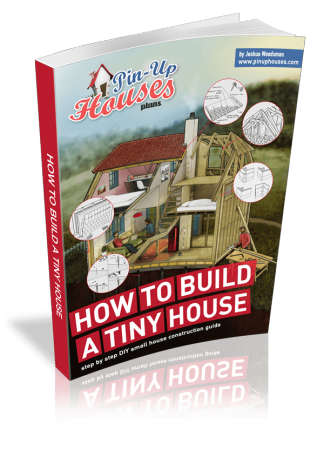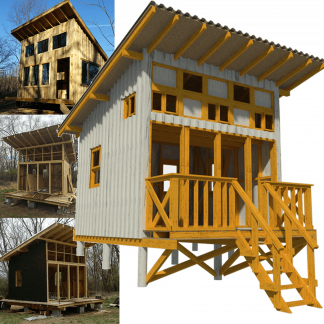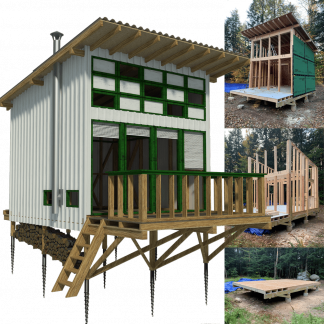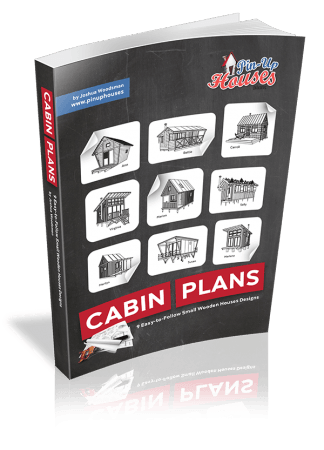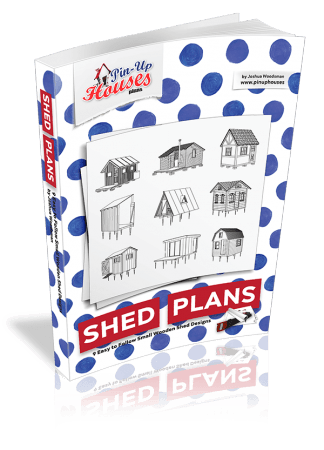Creating a study-ready space in a small home can seem tough, yet careful planning makes it possible. Many students think tiny rooms erase options, but design choices guide results more than raw size. A focused corner can thrive inside a studio, a shared bedroom, or a compact kitchen nook. At the start, some learners lighten their workload and hire a paper writer at SpeedyPaper to free up time. Others begin by moving furniture, gathering simple supplies, and setting steady weekly goals for progress. Each change shapes a place that supports attention, comfort, and steady growth across the term. This guide shares practical, low-cost methods for learning at home without feeling cramped or scattered. Keep your focus on actions, small tools, and habits that protect time and energy each day. Treat every step like a test that teaches what works for your routine and space. With patience and care, even the smallest home can serve as a place of deep work and calm focus.
Measure and Map the Space
Before placing a notebook, map the room with care and curiosity. Measure walls, doors, windows, heaters, and walk paths to spot hidden areas for study gear. A tape, a small sketch pad, and a phone light reveal space behind sofas and under loft beds. Turn the task into a quick study and list where a desk, lamp, or slim shelf might fit. Confirm that those choices do not block motion or squeeze the paths you use during busy hours. When inches count, rolling carts and folding tables become allies since they tuck away after use. Mark power outlets on the sketch to prevent cable knots and awkward power runs later. Note vents and radiators to keep gear safe from heat during long sessions. Once measurements are clear, test ideas with sticky notes or a free online room planner. Play with layouts on paper to cut mistakes, protect walls, and reduce needless holes and patches.
Define a Dedicated Study Area
With measurements in hand, choose one spot and name it the study zone. That firm choice tells the brain that focused work belongs there and nowhere else. Even a narrow table between a wardrobe and a window can serve well when borders feel clear. A bright rug can frame the edge, while a tall plant or a folding screen creates soft separation. Mixed uses confuse the mind, so avoid using the desk as a vanity or meal table during study time. Shallow baskets beneath the top hold books, chargers, and noise-canceling headphones, keeping surfaces open. A small whiteboard or a cork panel on the wall records deadlines and daily goals in one place. Treat the zone as a set place, and sitting down becomes a simple cue for deep work. Over time, the habit grows strong, and focus starts faster with less mental effort.
Optimize Lighting and Color
Light shapes alertness in real time, so tune it early with care and patience. Place the desk to the side of a window, not head-on, to limit glare during long sessions. That angle preserves bright daylight while keeping screens comfortable for reading and writing. On cloudy mornings or late evenings, use an LED task lamp with adjustable temperature for changing needs. Cool white near five thousand kelvin supports careful problem solving and close proofreading. Warm light near three thousand kelvin helps the brain ease into calm review and reflection. Color also guides mood and attention through small but steady effects across the day. Soft greens, pale blues, and light grays settle nerves and help attention last longer. If paint is not allowed, add those tones through pads, storage bins, or removable art strips. In tight rooms, pale desktops and glossy whiteboards bounce light deeper and reduce harsh shadows. Finding the perfect furniture for your space is easy online on stores like worldcoppersmith.com, where you can find the material, color, and size of furniture that suits your space.
Tame Noise and Boost Focus
Some learners need silence, while others work best with gentle sound in the background. Either way, control of noise is vital for a study-ready space that supports steady work. Start with placement by keeping the desk away from the refrigerator, television, or hallway traffic. If walls pass sound, add a foam weather strip along the door frame to reduce chatter from neighbors. For ongoing noise, use soft earplugs or over-ear headphones and play rain tracks or lo-fi beats. Layer fabric to tame the echo that bounces off hard floors and bare walls in small homes. Thick curtains, a plush rug, and a folded throw over a chair absorb stray reflections. Plan short focus sprints of twenty-five minutes with short breaks to stand and breathe. Return before stray sounds grow tempting, and train the mind to link sprints with deep work.
Smart Storage Solutions
Clutter steals attention faster than any phone alert and raises stress throughout the day. In compact homes, storage must function as part of the learning kit, not an afterthought. Reach up to win space without consuming the floor area you need for daily movement. A narrow shelf that runs to the ceiling holds binders, reference books, and art gear safely. Clear labeled bins slide onto those shelves, letting a calculator or cable appear in seconds. A compact desk organizer with shallow drawers keeps clips, cards, and pens in neat order. When closet space runs short, hang a shoe rack on a door and use pockets for flashcards and tools. Assign a home for each item, and cleanup becomes quick and easy after every study block. A tidy corner cuts tiny choices, saves time, and restores calm before the next session.
Ergonomic Furniture Picks
Comfort prevents distraction as reliably as discipline and sound time planning combined. You can build a body-friendly setup in a small home without a heavy cost. Begin with the chair because it supports the back through readings, drafts, and practice sets. Select a chair with height control, lower back support, and a breathable mesh back if possible. If a new chair is not possible, a rolled towel or a budget lumbar pillow bridges the gap. Place the desk so the surface sits near elbow height when shoulders rest loose and down. Lift the monitor with firm books or risers until the center meets your eye level. Use a separate keyboard and a mouse on a tray or lap desk to keep forearms flat. A good fit turns the corner from a source of strain into a base for steady work.
Routine and Habit Building
A study-ready home depends on routine as much as furniture, lighting, and tools. Set a consistent start time to teach your inner clock to reach focus faster. Many learners play the same short song at the start of each block as a cue. Simple visual anchors also help by signaling the shift from leisure into work mode. Open a key document first or light an unscented candle to mark the transition. After ninety minutes, stand, stretch, and drink water to prevent stiffness and mental fatigue. Put complex tasks during high-energy hours and lighter reading during low-energy periods. Endings matter because they release attention and protect rest after long sessions of effort. Stack books, close the laptop, and switch off the desk lamp to signal the close. Over weeks, these small patterns reduce choices and support other steps in this plan.
Keep Motivation High and Distractions Low
In a compact home, temptations sit close, and attention can wander without clear guardrails. Personalize the study area with gentle reminders of long-term goals to keep spirits steady. A postcard of a dream campus, a mock cover for a future study, or a card reading graduation can help. Use simple digital tools to limit online drift during work blocks that demand full focus. Install browser add-ons that block social feeds and news sites for set intervals each day. Build a small rewards plan, such as a brief walk, after finishing a dense chapter or problem set. Set lines with housemates through calm talks and place a kind sign that reads exam prep in progress. A shared calendar lowers conflict by making quiet hours clear and reducing surprise interruptions. Review progress each Friday by noting three wins and one fix for next week. Celebrate small gains to reinforce the belief that the space and routine are working well.
Quick Reference Checklist
After exploring corners, habits, and tools, many learners want a clear set of reminders. The summary here condenses this guide into prompts that can sit above the desk in plain view. Measure and draw the room before buying or moving gear, and mark outlets to avoid messy cables later. Claim one clearly bounded study area and respect that border during planned work time every day. Position lighting to the side of screens and choose cool LEDs for sessions that need sharp focus. Block or soften disruptive sounds using fabric layers and headphones that play steady, low background audio. Store materials vertically on tall shelves and label every box so items return to the same place. Set chair height, monitor level, and foot support to protect posture and reduce neck or back strain. Follow a daily routine that marks both starting and stopping, then guard drive with goals and earned breaks.
Reading this summary keeps the larger plan present while saving time on busy mornings. A small home may limit floor area, yet it cannot limit aims or the quality of learning. With these study tips close at hand, a student can convert a tiny nook into a strong base. Clear steps, steady habits, and modest tools work together to support deep focus and real progress. Keep refining the setup, track what helps, and stay patient while patterns form through repetition. Bit by bit, the layout will fit better and keep attention steady when you need it most. Use this plan when stress rises, and adjust one element before another. Treat the space with care, protect your time, and let each day build on the last. Small wins add up over time to build real momentum.

